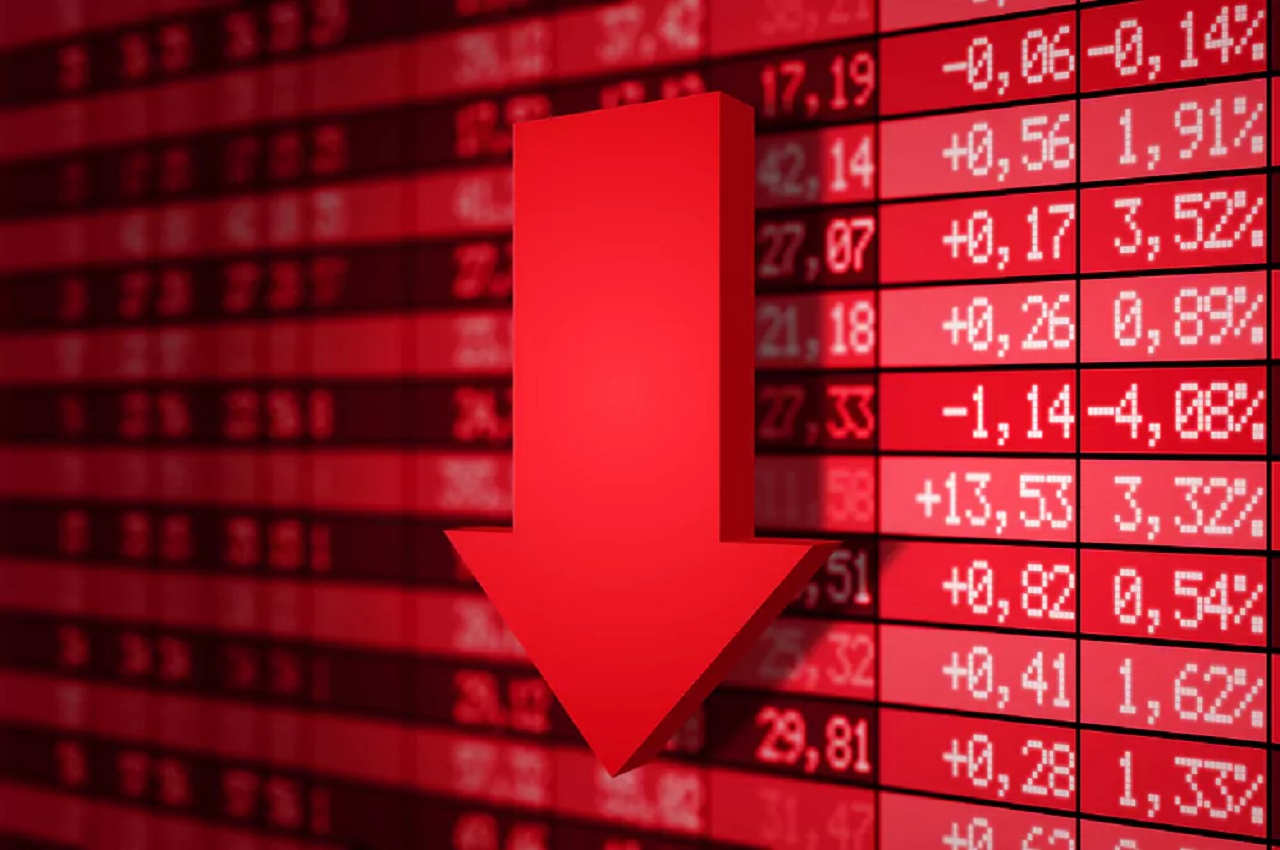Market Dynamics Amid Tariff News and Economic Data
An oversold market, along with reactions to recent U.S. tariffs, may soon become a thing of the past as traders shift their focus to new economic data and potential interest rate cuts anticipated in the coming months. This shift has sparked speculation of a possible bounce in Bitcoin’s price in the near term.
Crypto markets experienced significant volatility on Wednesday and Thursday leading up to the tariff announcement, during which President Donald Trump imposed a minimum 10% fee on all imports to the United States. Major cryptocurrencies, including Bitcoin (BTC), Ether (ETH), Solana (SOL), and XRP, initially surged before experiencing a sharp decline as global markets reacted negatively, erasing earlier gains from the week.
However, by Friday morning, markets demonstrated a recovery, with BTC stabilizing above $83,100, ETH reclaiming $1,800, and XRP, SOL, and ADA all rising by over 2%. In the lead-up to Trump’s announcement, there was a noticeable increase in the transfer of Bitcoin, ETH, and XRP to exchanges, indicating a growing intention among investors to sell, as highlighted in a note from CryptoQuant shared with CoinDesk on Thursday. Notably, Bitcoin transactions surged to as much as 2,500 BTC in a single block shortly after Trump began his address.
In the U.S., Coinbase reported a notable rise in Bitcoin deposits, particularly from large holders, signaling heightened activity in the market. In a similar vein, ETH inflows into exchanges peaked at approximately 80,000 ETH in a single hour, while XRP transfers to Binance escalated to 130 million XRP within an hour, a sharp increase from under 10 million XRP per hour for most of the preceding day. This surge in exchange inflows reflects a willingness among investors to exit positions amid increasing economic uncertainty, as noted by CryptoQuant, with demand for Bitcoin and ETH waning in the perpetual futures market as traders closed their long positions to take profits.
Looking ahead, the release of new economic data later on Friday could provide a much-needed impetus for a short-term recovery in markets. A key focus will be on the non-farm payroll (NFP) report scheduled for release, which is a crucial monthly economic indicator published by the Bureau of Labor Statistics. This report reveals changes in employment, job creation trends, and wage growth, offering vital insights into the overall health of the economy.
Markets are known to react strongly to NFP data: a higher-than-expected report could bolster stocks and the dollar, suggesting economic growth, while a disappointing report may trigger sell-offs and lower yields, raising concerns about a slowdown or recession risks. Traders closely monitor this data to assess potential moves by the Federal Reserve, amplifying its significance. According to QCP Capital, a Singapore-based firm, investors are preparing for indications of weakness in the U.S. labor market. “A weaker-than-expected print would strengthen the case for further Fed rate cuts this year, as policymakers seek to cushion a decelerating economy,” they noted in a Telegram broadcast earlier on Friday.
Current data indicates that markets are anticipating four rate cuts in 2025, each by 0.25 basis points in June, July, September, and December. Rate cuts occur when a central bank, such as the Federal Reserve, lowers interest rates to stimulate economic growth by making borrowing more affordable. Historically, Bitcoin and the broader market tend to respond positively to rate cuts, as lower rates diminish the appeal of traditional investments like bonds, steering investors towards alternatives such as BTC. Furthermore, a weaker dollar can enhance Bitcoin’s value as a hedge against inflation or currency devaluation.
QCP Capital also mentioned that they are observing elevated volatility in the short term, with an increase in buyers seeking downside protection. “That said, with positioning now light and risk assets largely oversold, the stage may be set for a near-term bounce,” the fund concluded.





